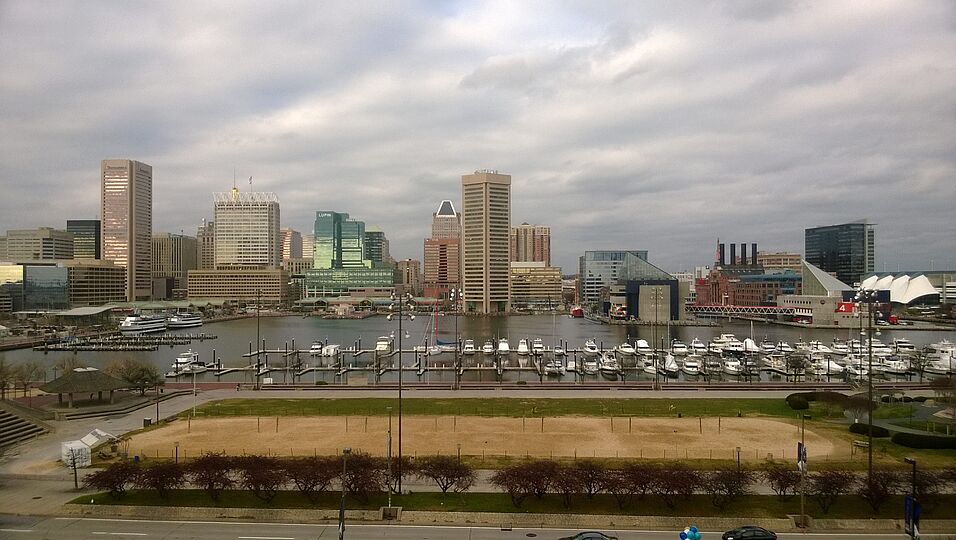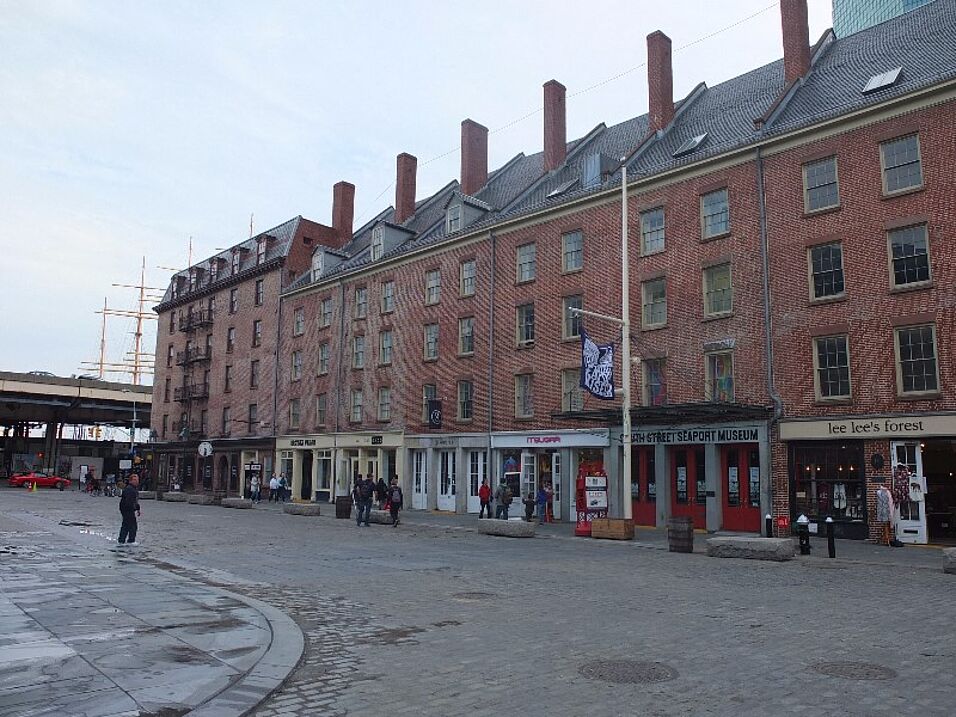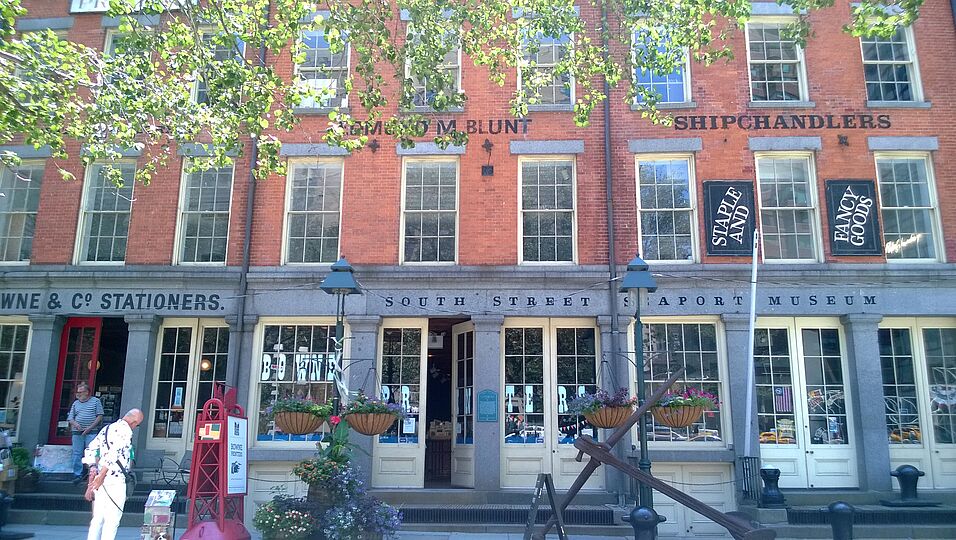Investing in the quality of urban spaces
„Originally festival marketplaces use a historical fabric as a setting and introduce new leisure facilities, entertainment and shops“, describes Sandra Guinand. She spent 18 months in the US to study cases in Baltimore and New York in detail. Her book will deal with the redevelopment of South Street Seaport District (New York City) and Inner Harbor (Baltimore). With a diligent set of qualitative methods the urban planner filtered out the crucial processes and lessons to be learned. „In Public-private partnerships one has to focus on who calls the shots, what was there before, the quality of the urban space after the refurbishment and its present users. When PPP is the pattern, gentrification could be the outcome“, explains Sandra Guinand. She interviewed different stakeholders of the (re-)development projects, which began in the late 1970s. She went through the archives and observed the users of the Seaport and Inner Harbor today. For her it is important to look back into the history of an urban space.
Attachments to urban spaces
In the case of the Seaport, Lower Manhattan hosted the bustling commercial port in 19th century, which was later relocated to Newark (New Jersey). In 1977 the area was recognized as a designated historical district and special planning regulations were put into place thanks to the mobilization of maritime passionates that had fought to preserve the areas. Today the museum of local history that this citizens group set up is still active. All in all Rouses redevelopment plans did not fulfil expectations. After a few years, the number of visitors dropped and the district deteriorated. Sandra Guinand wants „to get to the intangible side of a place, beyond its materiality. I try to tackle emotion and how people relate to a place“. She found that many of her interview partners showed strong attachment to the former Fulton Fish Market, which was removed in 2005: „I do not want to nail down the bad guys. I want to understand what happened to an urban space and who does and how people appropriate it, so urban planners can use this knowledge in future redevelopment projects“.
Although the geographer has been very productive in terms of research in the US and Europe since 2014, she found that too much data „sits in my drawers“. So the Swiss born Visiting Fellow at the Department of Geography and Regional Research applied for a „Back to Research“ grant of the University of Vienna to „get back to publishing. I want to establish my ongoing research here in Vienna and make my work visible“. Drawing on her research in the US, she was interested in looking more in depth into PPPs and the production of urban quality. Vienna is a very interesting case for the urban planner, since the city is top seeded in international rankings when it comes to quality of life.
Short Biography
Sandra Guinand, PhD, studied political sciences, urban planning, environment and geosciences at Lausanne University and Sorbonne University. Her postdoctoral research focuses on urban regeneration and redevelopment projects. Since September 2016 she is a Visiting Fellow of the Swiss National Science Fund at the Department of Geography and Regional Research of the University of Vienna. In October 2017 she was assigned a Back-to-Research Grant. She is an Associate member of Centre Jacques Berque, Rabat (Morocco) and Eirest, Paris1-Sorbonne University (France).




